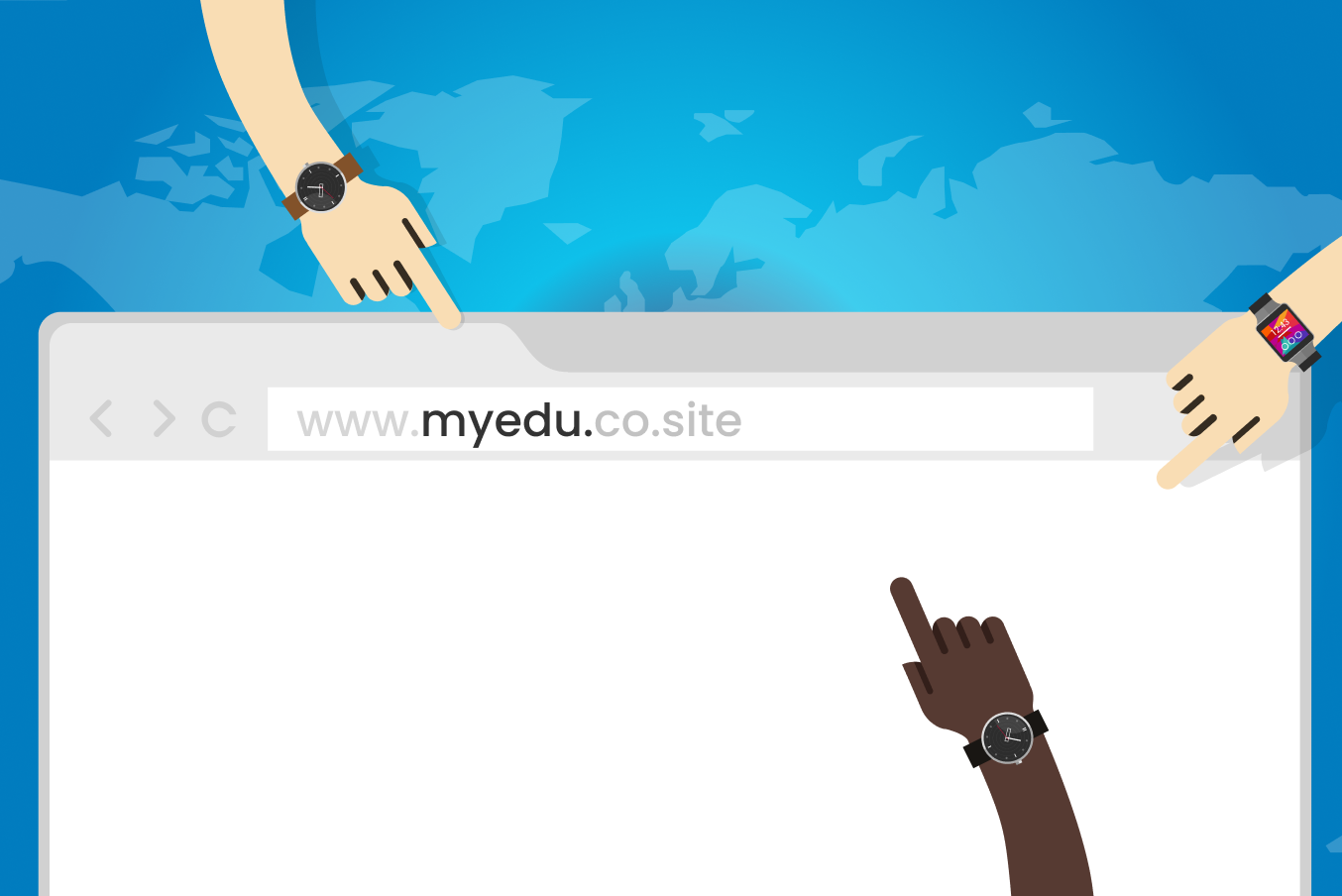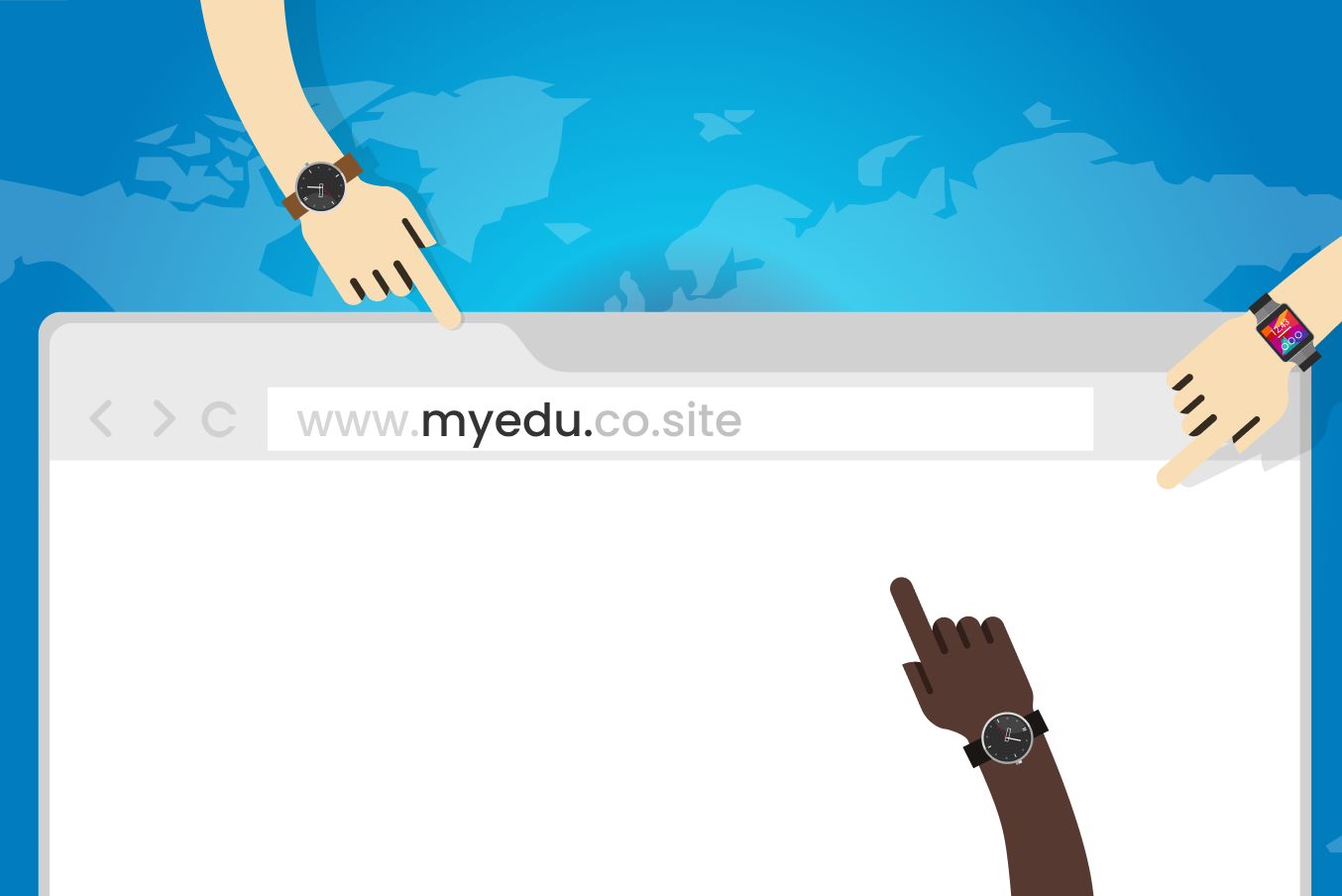Introduction
In the digital age, having an EDU email address can unlock many benefits, particularly for students and educators. An EDU email is a passport to a wealth of academic resources and offers numerous discounts and exclusive access to software and services tailored to the academic community. This blog will explore the comprehensive process of creating an EDU email, focusing on using the Neo platform, a popular choice among educational institutions for email services.
Understanding EDU Emails
An EDU email address is more than just a means of communication. It is a marker of legitimacy and affiliation with an educational institution, such as a college, university, or even some educational service providers. Typically ending with a ".edu" suffix, these email addresses are reserved exclusively for educational entities and their members.
Eligibility Criteria
Primarily, EDU emails are issued to someone affiliated with an educational institution. This could be a student, faculty member, or staff at a college or university. Alumni are often eligible, too, depending on the institution's policies. The idea is to verify that the email holder is part of an academic community, granting them access to specific resources.
Benefits of EDU Emails
The benefits of having an EDU email address are substantial:
- Academic Resources: Access to libraries, e-books, and special academic databases.
- Software Discounts: Complimentary or reduced-price access to software like Microsoft Office, Adobe Creative Suite, and Autodesk.
- Cloud Storage: Enhanced storage options on services like Google Drive and Dropbox.
- Educational Discounts: Reductions in hardware from companies like Apple and Dell and savings in software subscriptions like GitHub and Amazon Prime.
Requirements for Obtaining an EDU Email
Certain prerequisites must be met before you can get your hands on an EDU email. Each institution has its own set of requirements, but generally, the following are commonly needed:
- Proof of Enrollment: A student ID, a registration or admission letter, or an enrollment verification form.
- Identification: A government-issued ID or a student ID card to verify your identity.
- Application Form: Some institutions require a completed application form to issue an EDU email.
These documents help the institution verify that you are part of its academic community, which is crucial in maintaining the integrity and benefits of EDU email addresses.
Step-by-Step Guide to Creating an EDU Email Using Neo (If you don’t have EDU domain name)
Neo: A Brief Introduction
Neo is a platform known for its robust support for small businesses, offering a streamlined process for setting up and managing custom email accounts. Its appeal lies in its user-friendly interface and efficient handling of email services for large academic communities.
Step 1: Signing up for an Account on Neo
To use Neo, Neo's official website, click the "Get Started" button. The website will guide you through the process of selecting a domain name. If you don't already have a domain name, select the "I Need a New Domain Name" option. Once you've done that, click the "Get a New Domain" button.
Step 2: Fill in Your Domain Name and Other Details
Enter your desired domain name. The good news is that if your chosen name is available, you can get it for free! Once you've picked your domain name, click the "Get Free Domain" button. You'll need to create an account and fill in the required details as you proceed.
Step 3: Take Advantage of Using Custom Email Addresses
One of the most impressive benefits of using Neo is obtaining a reasonably priced custom email address. By subscribing to a Standard plan, you'll get a .edu email address and access to a variety of premium services, including Smart Write. Smart Write is an AI-powered writing tool that assists you in crafting professional emails. Additionally, you'll receive a one-page website with preloaded templates and many customization options.
Step-by-Step Guide to Creating an EDU Email Using Neo (If you have an EDU domain name)
If you already have an existing EDU domain name, then here is how you can create your EDU email address using Neo:
Step 1: Visit Neo and click on Get Started.
Step 2: Click on I already own a domain name.
Step 3: Enter your EDU domain name, and the platform will check its ownership.
After validating ownership, you can create your business email address. Neo offers a 15-day free trial, during which you can analyze whether the platform can fulfill your business and email marketing needs. However, you will have to select a plan and enter your payment details during the registration process, but don’t worry—you can cancel the subscription easily.
In the following sections, we will explore what to do after obtaining your EDU email and look at alternatives to Neo for those needing different options.
What to Do After Getting Your EDU Email
Once you've successfully set up and activated your EDU email account using Neo, you should take a few steps to ensure you get the most out of your new digital identity.
Email Forwarding
If you already use another email service frequently, consider setting up forwarding from your EDU email to your primary email address. This way, you won’t miss important communications from your institution or exclusive academic offers sent to your EDU email.
Managing and Securing Your Email
Strong Passwords: Use a strong, unique password for your EDU email to keep it secure. Consider using a password manager.
Regular Checks: Even if you're forwarding emails, check your EDU account for any direct communications or services requiring logging in via your educational email.
Privacy Settings: Review and adjust the privacy settings offered by your educational institution or email service provider to protect your personal information.
Maximizing the Benefits
Explore Discounts: Actively seek out stores and online services that offer discounts or special access for EDU email holders.
Join Academic Networks: Use your EDU email to join academic and professional networks offering career opportunities, mentoring, and more.
Subscribe to Academic Journals: Many academic journals offer free or discounted subscriptions to students and educators with an EDU email.
Alternatives to Neo for EDU Emails
When considering setting up an EDU email, Neo stands out as a popular option due to its focus on simplicity and effectiveness in managing educational email services. However, several alternative platforms also offer robust solutions for managing EDU email accounts, each with unique features that may better suit specific needs. Exploring these alternatives can help users make an informed choice based on features, usability, and integration capabilities.
Google Workspace for Education
One of the most comprehensive alternatives to Neo is Google Workspace for Education. This platform is designed to provide educational institutions with collaboration and communication tools that integrate seamlessly with Google's popular services, such as Gmail, Docs, Drive, and Calendar. What makes Google Workspace particularly appealing is its familiarity with many users and its extensive range of tools beyond just email management.
Features:
Custom EDU Email Addresses: Users can create and manage custom email addresses that end with the institution’s domain.
Integration: Seamless integration with other Google services, facilitating a collaborative learning environment.
Scalability: Google offers tiers that accommodate institutions of different sizes and needs, from small to large universities.
Microsoft 365 Education
Another significant player in the field of EDU emails is Microsoft 365 Education, which mirrors many of the advantages of Google Workspace but with integration into Microsoft’s ecosystem. This platform includes email via Outlook and offers Microsoft Teams, OneNote, and the full Office suite, which are staples in many educational environments.
Features:
Comprehensive Toolset: Provides a range of communication, collaboration, and productivity tools, including OneDrive for cloud storage.
Learning Tools: Access to tools that enhance educational experiences, such as Microsoft Forms for quizzes and Microsoft Sway for presentations.
Accessibility: Features built-in accessibility features designed to help all students excel, making it a great option for inclusive education.
Zoho Mail for Education
Zoho Mail for Education is a viable option for those looking for an alternative that offers a balance between advanced features and cost-effectiveness. It provides a secure, ad-free environment emphasizing privacy and user data protection, making it suitable for educational institutions wary of third-party ads and data mining.
Features:
Privacy Focused: No ads and strong privacy policies ensure that educational communications and data are kept secure.
Customization: Offers considerable customization options to align with the institution’s identity and operational style.
Collaboration Tools: Includes built-in collaboration tools like Zoho Docs, which can be crucial for classroom and remote learning environments.
Amazon WorkMail
Amazon WorkMail is another alternative, though less commonly adopted for educational purposes. It provides a secure, managed business email and calendar service with support for existing desktop and mobile email client applications. Amazon WorkMail is a good option for institutions that require the scalability and security offered by AWS infrastructure.
Features:
Security and Compliance: Offers strong security controls and is compliant with several ISO certifications, which can appeal to institutions with stringent data security requirements.
Integration: Easily integrates with other AWS services, offering a robust infrastructure for IT departments to build upon.
Cost-Effective: Competitive pricing models suit institutions looking to manage costs.
Comparative Overview
When deciding on an EDU email platform, educational institutions must weigh various factors, including feature sets, integration capabilities, user-friendliness, and overall value. With its focused approach on simplicity and efficiency, Neo provides a solid baseline. However, comparing it with other giants like Google Workspace for Education, Microsoft 365 Education, Zoho Mail for Education, and Amazon WorkMail reveals a spectrum of functionalities tailored to different educational needs.
Feature Set
Google Workspace for Education offers extensive tools that enhance collaboration and communication. Its ability to integrate seamlessly with other Google services like Docs and Drive makes it a comprehensive choice for schools that already rely on Google products.
Microsoft 365 Education stands out with its well-rounded suite that includes not just email but also Microsoft Teams, OneNote, and a full range of Office applications. It’s particularly beneficial for institutions that require robust productivity tools and communication solutions.
Zoho Mail for Education emphasizes security and customization, providing a privacy-focused environment free from ads. It’s suitable for institutions that value data protection highly and need customizable email solutions that align with their unique identities.
Amazon WorkMail focuses on security and compliance, making it ideal for institutions with stringent security needs. It integrates well with other AWS services, offering a scalable solution for larger educational bodies or research institutions that require extensive IT infrastructure.
Usability
Neo is known for its ease of use, offering straightforward email management without the complexity of additional features. This makes it ideal for smaller institutions or those with limited IT resources.
Google Workspace for Education and Microsoft 365 Education require a slight learning curve due to their extensive features. Still, they are generally user-friendly, especially for users familiar with Google or Microsoft ecosystems.
Zoho Mail for Education balances advanced features and usability, offering an intuitive interface that doesn’t compromise functionality.
Amazon WorkMail offers a straightforward interface, but its full potential is best realized within the AWS ecosystem, which might require more technical expertise to manage effectively.
Integration Capabilities
Google Workspace for Education and Microsoft 365 Education offer excellent integration with their respective ecosystems, which can be a decisive factor for institutions that use Google or Microsoft products extensively.
Zoho Mail for Education integrates well with other Zoho services, which can benefit institutions using Zoho’s educational tools or CRM solutions.
Amazon WorkMail integrates primarily with AWS services, making it suitable for institutions that leverage AWS for cloud computing and storage solutions.
Overall Value
Google Workspace for Education and Microsoft 365 Education provides great value for institutions looking for a comprehensive package of tools that support administrative and educational functions.
Zoho Mail for Education offers great value for those prioritizing privacy and customization at a competitive price.
Amazon WorkMail offers value primarily in its security features and integration with AWS, making it a cost-effective option for institutions with existing investments in the AWS ecosystem.
Evaluating the Best Option
Choosing the right EDU email platform depends on an educational institution's specific needs and existing infrastructure. While Neo provides simplicity and effectiveness, platforms like Google Workspace for Education, Microsoft 365 Education, Zoho Mail for Education, and Amazon WorkMail offer varied features that cater to broader needs, from extensive productivity tools to advanced security and compliance measures. Institutions should carefully consider their collaboration, productivity, security, and budget requirements to make the most informed decision.
Conclusion
Creating an EDU email, particularly through platforms like Neo, opens up many opportunities for students and educators. From academic resources to software discounts, the benefits are substantial and can significantly enhance your educational and professional journey. Remember to maximize these opportunities and ensure you effectively manage and secure your email.
Disclaimer
This blog provides information on creating and using EDU emails based on general guidelines and experiences. Individual requirements and processes may vary by institution and geographic location. Always check with your educational institution for the most accurate and relevant information regarding EDU emails. Additionally, the references to specific platforms like Neo, Google Workspace for Education, and Microsoft 365 Education are for informational purposes only and are not endorsements.








